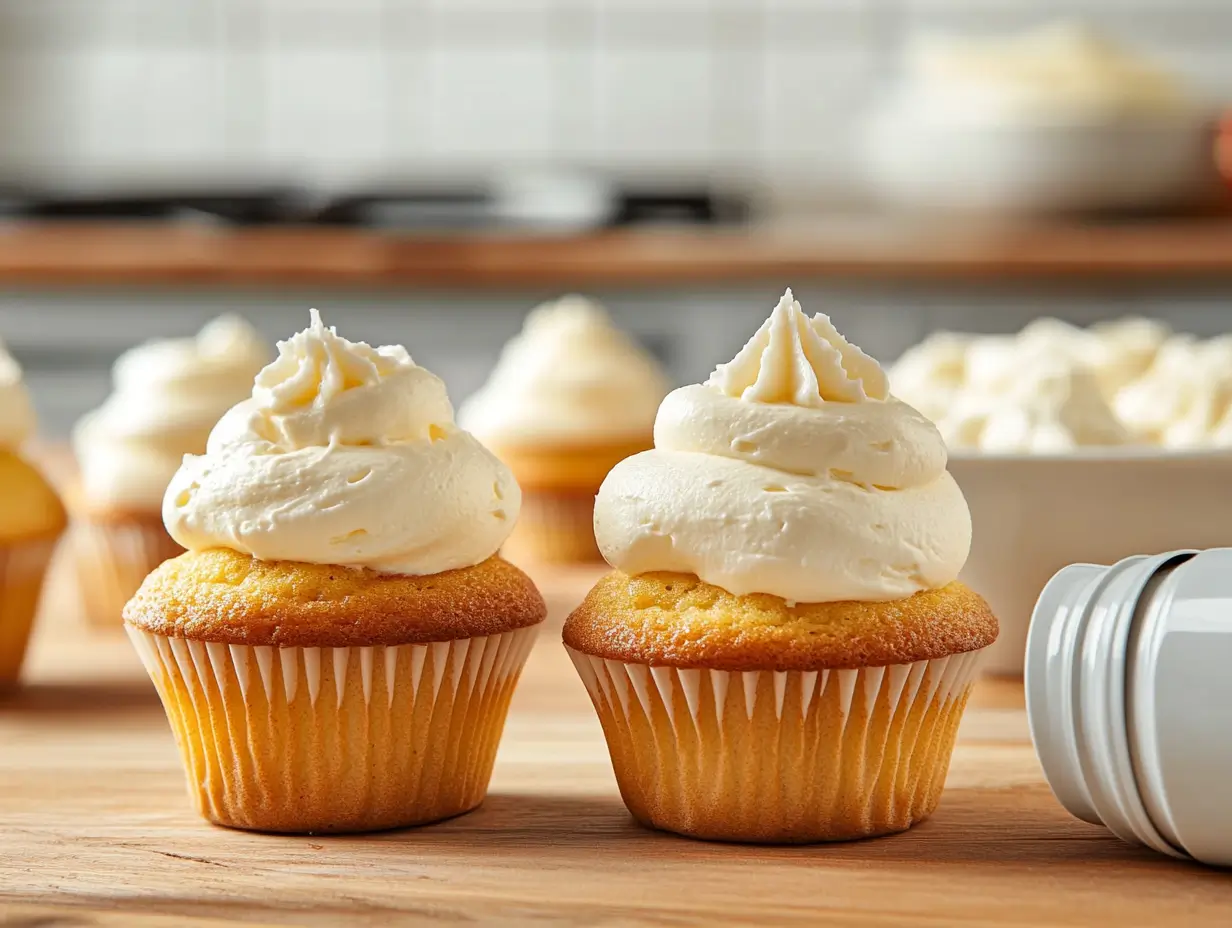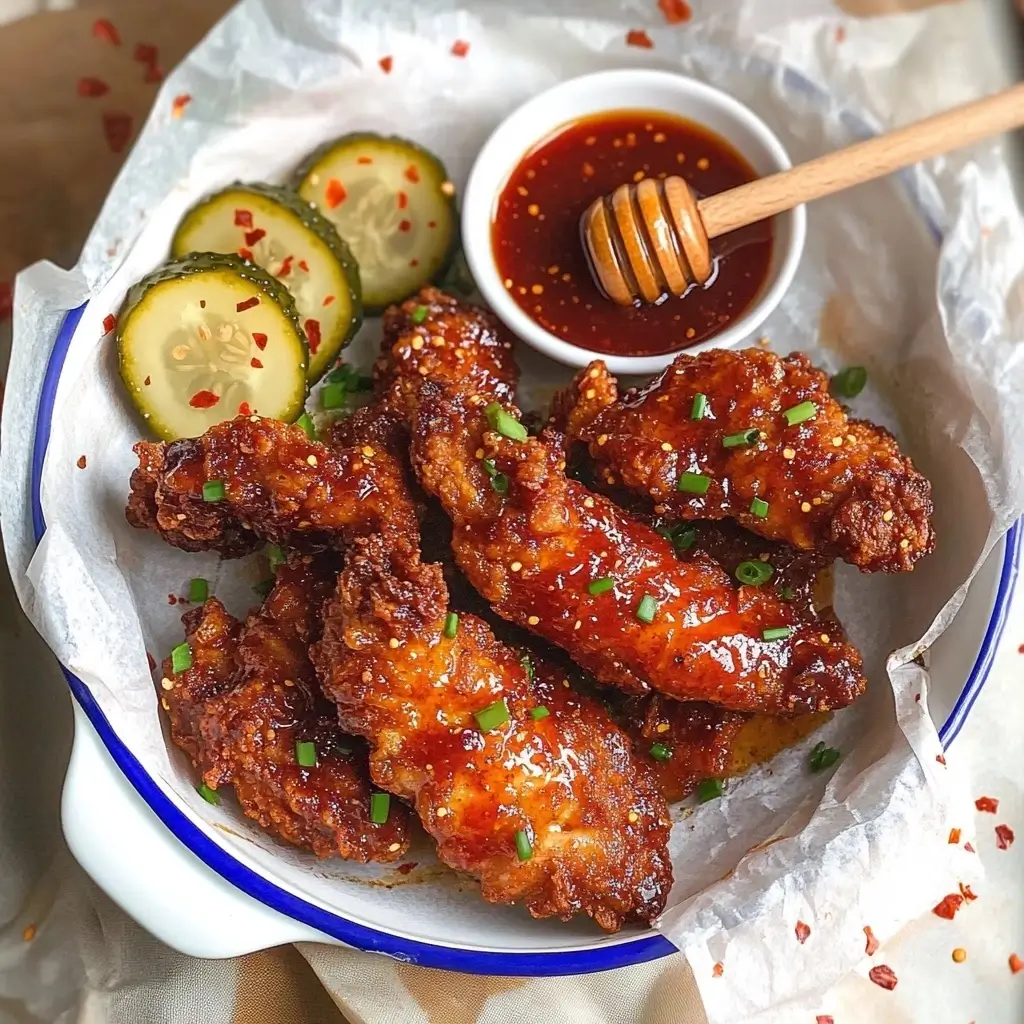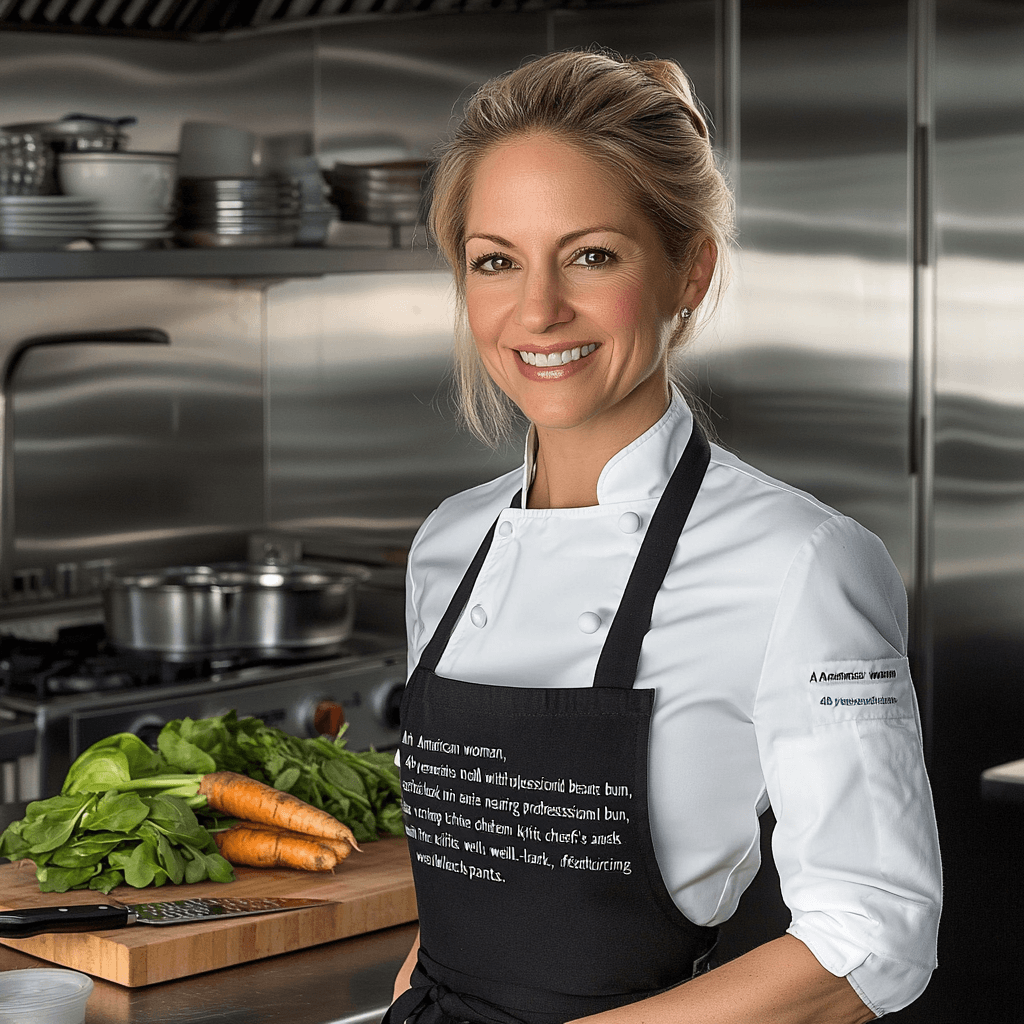Table of Contents
Baking enthusiasts are always on the lookout for creative and convenient ingredients to enhance their recipes. One common question that arises is: Can Cool Whip be used in baking? Cool Whip, a popular whipped topping, is often associated with no-bake desserts, but can it withstand the heat of an oven? This article explores the versatility of Cool Whip in baking, its effects on texture and taste, and how it can be used in various recipes.
Using Cool Whip in Baking
Cool Whip is widely used in no-bake desserts, but its role in traditional baking is less commonly discussed. Since it is a stabilized whipped topping, it behaves differently than heavy cream or homemade whipped cream when exposed to heat. Let’s explore how Cool Whip can be used in baking and what considerations to keep in mind.
Substituting Cool Whip for Whipped Cream
Many bakers wonder if Cool Whip can be used as a direct substitute for whipped cream in baked recipes. While it can mimic the light and airy texture of whipped cream in cold dishes, it does not always react the same way when exposed to high temperatures.
- Texture Difference: Cool Whip has stabilizers and emulsifiers that help it hold its shape longer than fresh whipped cream. When heated, these additives can cause the structure to break down differently than natural dairy products.
- Sweetness Level: Cool Whip is pre-sweetened, whereas whipped cream can be adjusted to taste. If substituting, it may be necessary to reduce the sugar content of your recipe.
- Moisture Content: Because Cool Whip contains added oils and water, it may slightly alter the moisture balance in a recipe, potentially affecting the texture of cakes, cookies, or other baked goods.
Can Cool Whip Replace Heavy Cream?
Some recipes call for heavy cream to add richness and moisture to baked goods. While Cool Whip can provide a similar creamy consistency, it lacks the high-fat content of heavy cream, which is essential for certain baking reactions.
- In Cream-Based Batters: In recipes that rely on heavy cream for structure, such as custards or certain cakes, Cool Whip may not be the best substitute because it lacks the necessary fat.
- In Lightened Recipes: However, for recipes where a lighter texture is desired—such as mousses, frostings, or fillings—Cool Whip can work as an alternative.
Does Cool Whip Change the Texture of Baked Goods?
When used as an ingredient in baked goods, Cool Whip can affect the texture in various ways:
- Cakes & Cupcakes: It can create a softer, airier crumb but may not provide the same level of moisture retention as butter or cream.
- Cookies: Cool Whip can make cookies slightly chewy and fluffy rather than crisp. Some popular Cool Whip cookie recipes use cake mix as a base for an easy, light treat.
- Pastries & Pies: If incorporated into fillings or frostings, Cool Whip maintains its structure well in chilled desserts but may not hold up as effectively in baked pies or tarts.
While Cool Whip is not a one-to-one substitute for traditional dairy ingredients in every recipe, it can still be a fun and convenient addition to certain baked treats.
Popular Recipes Using Cool Whip in Baking
While Cool Whip is most commonly used in no-bake desserts, creative bakers have found ways to incorporate it into baked treats as well. Here are some of the most popular recipes that successfully use Cool Whip in baking.
Cakes and Cupcakes
Cool Whip can be used in cake batters, as a frosting alternative, or as a filling for layered cakes. It adds a light, airy texture and subtle sweetness to various cake recipes.
1. Cool Whip Cake

A simple Cool Whip cake typically involves mixing a boxed cake mix with eggs and Cool Whip to create a moist and fluffy cake. The whipped topping helps maintain a soft texture.
- Ingredients:
- 1 box of cake mix (any flavor)
- 1 tub of Cool Whip
- 3 eggs
- 1/2 cup water
- Instructions:
- Preheat oven to 350°F (175°C).
- In a bowl, mix the cake mix, eggs, Cool Whip, and water until well combined.
- Pour into a greased cake pan and bake for 30-35 minutes.
- Let cool before adding additional Cool Whip as frosting.
This method results in a light and tender cake that stays moist due to the stabilizers in Cool Whip.
2. Cool Whip Frosting
Rather than using buttercream, Cool Whip can be blended with pudding mix and milk to create a stable, creamy frosting that holds its shape well.
- Ingredients:
- 1 tub of Cool Whip
- 1 package instant pudding mix (vanilla or chocolate)
- 1/2 cup cold milk
- Instructions:
- Whisk together the pudding mix and milk until thickened.
- Fold in Cool Whip gently to maintain its airy texture.
- Spread over cakes or cupcakes and refrigerate for a firm set.
Pies and Cheesecakes
Cool Whip is commonly used in pie fillings and cheesecakes to create a smooth, fluffy consistency. Some pies use it as a stabilizer, ensuring a creamy texture without the need for baking.
1. Cool Whip Cheesecake
A no-bake cheesecake can benefit from Cool Whip, which helps maintain a light and creamy filling.
- Ingredients:
- 1 package cream cheese, softened
- 1 tub Cool Whip
- 1/2 cup powdered sugar
- 1 graham cracker crust
- Instructions:
- Beat cream cheese and sugar until smooth.
- Fold in Cool Whip and spread over the crust.
- Chill for at least 4 hours before serving.
Though this cheesecake is not technically baked, some versions incorporate a baked crust or layers of cake for a hybrid dessert.
2. Cool Whip Pie
A simple fruit pie can use Cool Whip mixed with fruit puree or flavored gelatin for a refreshing treat.
Cookies and Brownies
Cookies and brownies made with Cool Whip tend to be soft and chewy due to the airiness of the whipped topping. Some recipes even use Cool Whip as the base ingredient instead of butter or oil.
1. Cool Whip Cookies
These cookies are incredibly easy to make and require only a few ingredients.
- Ingredients:
- 1 box cake mix
- 1 tub Cool Whip
- 1 egg
- Instructions:
- Preheat oven to 350°F (175°C).
- Mix all ingredients until a sticky dough forms.
- Scoop small portions onto a baking sheet and bake for 10-12 minutes.
These cookies have a light texture, almost like a cross between a meringue and a sugar cookie.
2. Cool Whip Brownies
Some brownie recipes substitute Cool Whip for eggs or oil, creating a softer, cake-like brownie.
- Ingredients:
- 1 box brownie mix
- 1 tub Cool Whip
- 1/3 cup water
- Instructions:
- Mix ingredients and pour into a greased baking dish.
- Bake at 350°F (175°C) for 25-30 minutes.
- Let cool before cutting into squares.
These brownies have a slightly airy texture compared to traditional fudgy brownies but still offer rich chocolate flavor.
Using Cool Whip in baking may not be conventional, but it opens up new possibilities for texture and taste. Whether in cakes, cookies, or pies, this whipped topping proves to be more than just a garnish.
Tips and Tricks for Baking with Cool Whip
Successfully incorporating Cool Whip into baked goods requires an understanding of how it reacts under heat and how to maintain its light texture. Here are some essential tips and tricks for making the most out of this versatile whipped topping in your baking.
Best Practices for Incorporating Cool Whip
To achieve the best texture and flavor in your baked goods, follow these key practices:
- Use Cool Whip as a Mixing Agent: Instead of baking it directly, incorporate Cool Whip into batters and doughs to add fluffiness and lightness. This works particularly well in cakes, cookies, and mousse-based desserts.
- Fold, Don’t Mix: When adding Cool Whip to a recipe, gently fold it in instead of aggressively mixing. This helps preserve its airy structure, ensuring a light texture in the final product.
- Adjust Sugar Levels: Since Cool Whip is pre-sweetened, reduce the sugar in your recipe to prevent desserts from becoming overly sweet.
- Chill Before Using: Ensure your Cool Whip is fully thawed but still cold before mixing it into batters or frostings. This helps maintain its consistency.
How to Prevent Cool Whip from Deflating
Because Cool Whip is light and airy, it can sometimes lose its structure when exposed to excessive heat or improper handling. Here are a few ways to prevent deflation:
- Avoid Overbeating: Mixing Cool Whip too much can cause it to lose air, resulting in a denser texture. Always fold it in gently.
- Refrigerate Until Ready to Use: Keep Cool Whip chilled until the last moment before incorporating it into your batter. This helps maintain its stability.
- Use It in the Right Context: Cool Whip works best when used as a frosting, a filling, or as part of a no-bake dessert rather than being baked directly. If using it in a baked recipe, mix it into the batter rather than placing it on top before baking.
Can Cool Whip Be Stabilized for Baking?
If you need Cool Whip to hold up better under heat, consider stabilizing it with additional ingredients:
- Gelatin: Dissolve unflavored gelatin in warm water and mix it into Cool Whip to help it retain structure.
- Cream Cheese: Adding softened cream cheese to Cool Whip creates a firmer consistency that can withstand light baking.
- Cornstarch: A small amount of cornstarch can help stabilize Cool Whip when used in fillings or frostings.
While these methods won’t make Cool Whip completely heat-resistant, they can improve its performance in certain baked applications.
Frequently Asked Questions About Baking with Cool Whip
Baking with Cool Whip raises many questions about its versatility, structure, and compatibility with different recipes. Below are answers to some of the most frequently asked questions.
Can You Bake with Frozen Cool Whip?
No, it is not recommended to bake with frozen Cool Whip. When frozen, the texture is too solid to blend smoothly into batters, and it may create uneven results in baked goods. If a recipe calls for Cool Whip, always thaw it in the refrigerator before use.
- Thawing Tip: Let Cool Whip sit in the fridge for 4-5 hours or overnight for the best consistency. Avoid microwaving it, as this can cause separation and ruin its texture.
Does Cool Whip Affect the Taste of Baked Goods?
Yes, Cool Whip has a slightly sweet and vanilla-like taste, which can influence the final flavor of baked goods. It is generally mild, but when used in recipes, it may add a subtle sweetness and creamy undertone.
- Taste Consideration: If using Cool Whip in a dessert with delicate flavors (such as citrus or almond), be mindful that it may slightly alter the taste.
Can Cool Whip Be Mixed with Other Ingredients?
Yes, Cool Whip can be combined with various ingredients, both for baking and as a topping. Some common mix-ins include:
- Pudding Mix: Creates a thicker, more stable frosting.
- Cream Cheese: Adds richness and stability for cheesecakes or frostings.
- Chocolate or Cocoa Powder: Transforms Cool Whip into a light chocolate mousse or frosting.
- Fruit Purees: Can enhance flavor and color when making fruit-based desserts.
Can Cool Whip Replace Butter or Oil in Recipes?

While Cool Whip can provide some moisture to baked goods, it is not a direct substitute for butter or oil. However, some recipes, like Cool Whip cookies or brownies, successfully use it to create a lighter texture.
- Best Used In: Cakes, cookies, and frostings where a light and airy texture is desired.
- Avoid Using In: Recipes requiring high-fat content, such as flaky pastries or rich brownies.
Conclusion
So, can Cool Whip be used in baking? Absolutely! While it doesn’t always replace traditional dairy ingredients, it can enhance cakes, cookies, and frostings when used correctly. Whether you’re looking for a lighter texture or experimenting with new recipes, baking with Cool Whip offers exciting possibilities.





